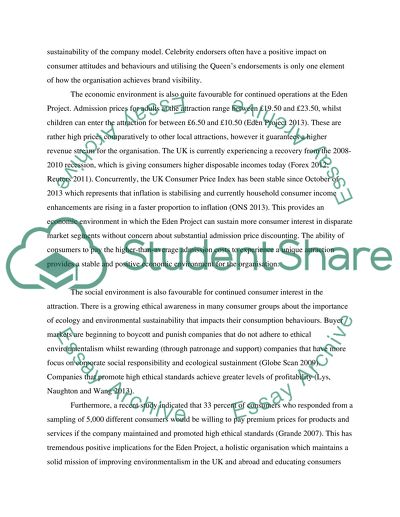Cite this document
(Environmental Analysis of the Eden Project Case Study, n.d.)
Environmental Analysis of the Eden Project Case Study. Retrieved from https://studentshare.org/environmental-studies/1498615-environmental-analysis-of-the-eden-project
Environmental Analysis of the Eden Project Case Study. Retrieved from https://studentshare.org/environmental-studies/1498615-environmental-analysis-of-the-eden-project
(Environmental Analysis of the Eden Project Case Study)
Environmental Analysis of the Eden Project Case Study. https://studentshare.org/environmental-studies/1498615-environmental-analysis-of-the-eden-project.
Environmental Analysis of the Eden Project Case Study. https://studentshare.org/environmental-studies/1498615-environmental-analysis-of-the-eden-project.
“Environmental Analysis of the Eden Project Case Study”, n.d. https://studentshare.org/environmental-studies/1498615-environmental-analysis-of-the-eden-project.


